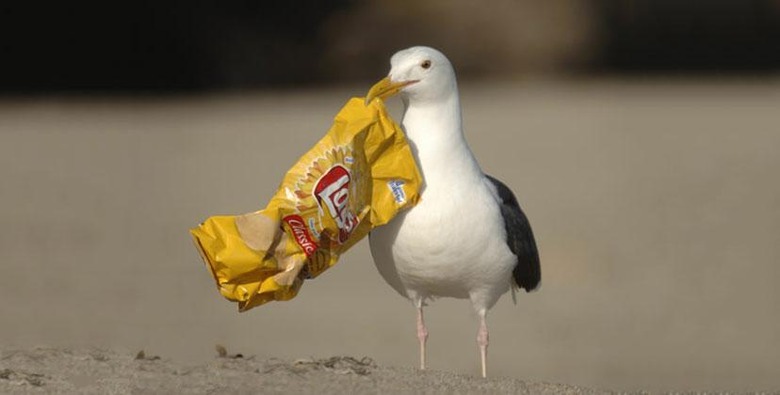Plastic Is Clogging Earth And Recycling Is Barely Helping
Despite the push to "go green," plastic waste is growing in quantity at an alarming rate, and current recycling efforts simply aren't keeping up. That's the ominous conclusion from a breakthrough study exploring the use – and re-use or disposal – of plastic materials since the 1950s, and published today. In fact, as of 2015, a mere 9-percent of waste plastic had been recycled, the researchers discovered.
Although the use of plastic materials across almost every area of life has proliferated in the past decades, from food packaging through to transportation and medical devices, there's never before been an in-depth assessment of how plastic waste is managed. That's what was undertaken by Roland Geyer1, Jenna R. Jambeck, and Kara Lavender Law, a full global analysis of the production, use, and end-of-life management of polymer resins, synthetic fibers, and additives. Their conclusions make for disturbing reading.
Of the 8,300 million metric tons of virgin plastics produced so far, 12-percent of plastic had been burned, they discovered, with the potential to release toxic gases in the process. A whopping 79-percent, though, was simply thrown away, whether to accumulate in landfills or to pollute the natural environment.
"If current production and waste management trends continue," the researchers write, "roughly 12,000 [million metric tons] of plastic waste will be in landfills or in the natural environment by 2050."

The US doesn't exactly fare well when it comes to recycling, either. Indeed, as of 2014, the study discovered, US plastic recycling had plateaued at a mere 9-percent. In contrast, Europe recycles 30-percent of its waste plastic, while China recycles 25-percent. However even recycling isn't a magic bullet, since the study found that it often did not reduce the amount of virgin plastic being produced.
"None of the commonly used plastics are biodegradable," the trio of scientists point out. "As a result, they accumulate, rather than decompose, in landfills or the natural environment." Previous studies have estimated that nearly every seabird alive has some form of plastic in its gut, while our current age – the proposed Anthropocene era – could end up being defined by the ubiquity of plastic waste in the environment.
Indeed, "near-permanent contamination of the natural environment with plastic waste is a growing concern," the three researchers conclude. While there have been efforts to explore new ways to deal with plastic waste – including bacteria that can feed on the material, or even plastic-eating worms – none have scaled anywhere to the point that they could deal with the millions of tons which are dispersed today.
MORE Science Advances
